The Dien Bien Phu campaign was an extremely tense and fierce battle of wits, testing the courage and determination to fight and win of the entire Vietnamese people against the powerful invading army.
70 years ago, in the Dien Bien Phu valley, our army and people entered the final strategic decisive battle with the French colonialists. After 3 attacks with many hardships and challenges, through 56 days and nights with many losses and sacrifices, our army and people defeated the invaders, gloriously ending the long resistance war against the French colonialists.
The Dien Bien Phu victory is a correct and vivid proof of our Party's line of resistance of the entire people, comprehensive, long-term and self-reliant. At the same time, it was also an extremely tense and fierce battle of wits, testing the courage and determination to fight and win of the entire Vietnamese nation against the powerful invading army.
Mind game
By 1953, our army and people had achieved important victories. From the Viet Bac counter-offensive campaign in the fall and winter of 1947, to the Border campaign in 1950, the Hoa Binh campaign in 1951 and the Tay Bac campaign in 1952, our army and people had basically gained the initiative on the Northern battlefield. Meanwhile, the French colonialists had to replace the commander-in-chief of the French army in the Indochina battlefield 6 times but still could not achieve their intentions and goals.
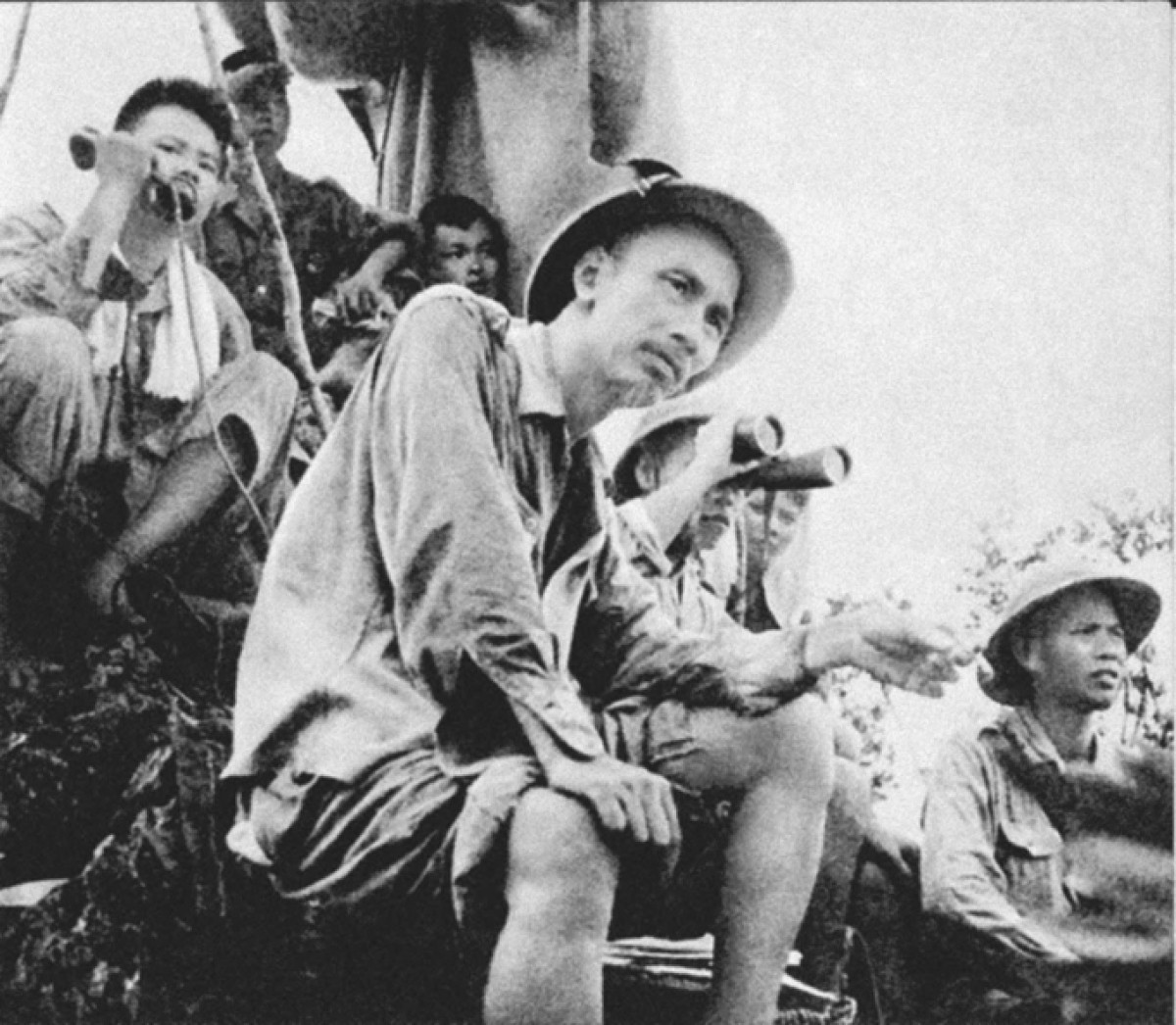
Consecutive defeats on the battlefield, the French government was discouraged, the French people protested, and the soldiers were tired, forcing the French military leaders to lose their composure and to quickly come up with a new strategy to end the war early. Nava was appointed Commander-in-Chief of the French expeditionary force in Indochina to replace General Salan.
After one month in office, Nava redesigned the entire strategy on the Indochina battlefield with a new plan called the Nava Plan. Nava believed and hoped that the Indochina problem would be solved within 18 months, finding an honorable way out for France. Nava openly admitted that the Viet Minh could take the initiative in the campaign. According to this plan, Nava would launch a campaign to control the Northern Delta.
At this time, we and the enemy entered a battle of wits to gain the initiative on the battlefield. While Nava concentrated its forces to capture the Northern Delta, the Politburo issued the Winter-Spring 1953-1954 operational plan. Accordingly, on the one hand, we stepped up guerrilla warfare, forcing them to concentrate their efforts on the delta. On the other hand, we launched campaigns to attack the enemy's weak and vulnerable areas, forcing them to disperse their forces to deal with them.
Dr. of History Hoang Thi Hong Nga (Faculty of History, University of Social Sciences and Humanities, Vietnam National University, Hanoi) said that the French colonialists were caught in a contradiction between concentrating and dispersing their forces. This would lead to gaps in some areas such as the Northwest, Central Laos, Lower Laos or the Northern Central Highlands. Our army chose those directions of attack, so they would launch attacks in those directions, forcing the French to disperse their forces.
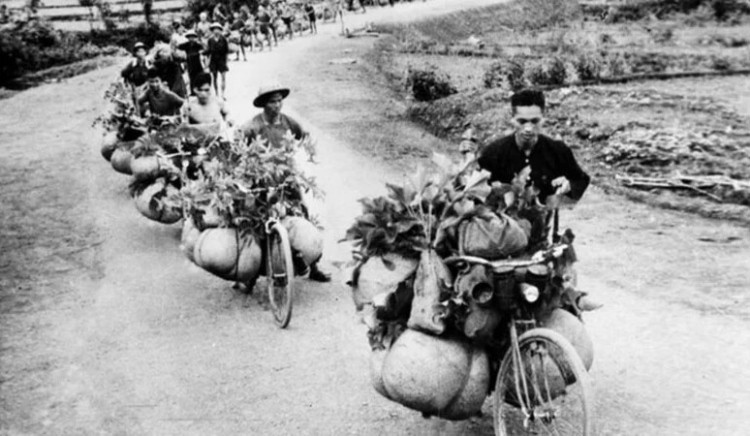
To disperse the enemy forces, we launched attacks in five directions: Northwest, Upper Laos, Central Laos, Lower Laos - Northeast Cambodia and Northern Central Highlands. Thus, the French colonialists could not concentrate their forces in the Northern Delta but had to divide their forces and disperse their troops to deal with us. This was a very wise policy, a mental blow to the French.
Major General Nguyen Van Dong (National Defense Academy) analyzed that, in terms of comparing the balance of power between us and the enemy on the entire Indochina battlefield, the French army at that time had to mobilize a force of up to 465,000 troops. Meanwhile, our total force was nearly 252,000 troops, meaning that the enemy's force was nearly twice ours. Therefore, we launched campaigns to disperse the enemy's forces, then concentrated a stronger force than the enemy for the main task, the main strategic goal, which was Dien Bien Phu to win.
Thus, the Nava Plan initially failed. From the initiative to concentrate forces, Nava had to divide his forces into many places. From the initiative to conduct a general battle with the right to choose the battlefield, now Nava was in a mess, without a solution.
Furthermore, according to Colonel Nguyen Danh Phuong, former Head of the Department of Military Art History (Academy of Politics - Ministry of National Defense), through a series of our diversionary activities, the French military leaders continuously led to mistakes and deviations on the strategic chessboard.
"Strategically, we forced the enemy to stretch their forces throughout Indochina. Regarding the campaign, the Campaign Command assigned the task to the 308th Division to quickly launch an attack on the Nam Hu defense line. This was a diversionary move that forced the enemy to continue to disperse their forces once again. Regarding tactics, the 308th Division deliberately broadcast information during the movement from Dien Bien Phu to Upper Laos, to attract the French troops, to create a diversionary tactic, and to deceive them into one direction. Thanks to the flexible application of diversionary tactics, we made the French Command make wrong judgments, forcing them to mobilize and disperse their forces to deal with us everywhere," said Colonel Nguyen Danh Phuong.
Predicting a defeat for the French
While we had successfully deployed the enemy according to our plan, a new problem arose that neither we nor the enemy had anticipated, and this later became a total confrontation between the two sides. That was in mid-November 1953, the 316th Division advanced to the Northwest, fearing that they would lose this key area, the French army launched Operation Casto, sending 6 elite battalions to attack and capture Dien Bien Phu.
Next, the French abandoned Lai Chau to concentrate all their troops on Dien Bien Phu. And so Dien Bien Phu became the center and key of the Nava Plan, although it had not been in the French plan before. On our side, facing the rapid developments of the situation on the battlefield, on December 6, 1953, the Politburo assessed the situation and decided to launch the Dien Bien Phu Campaign.
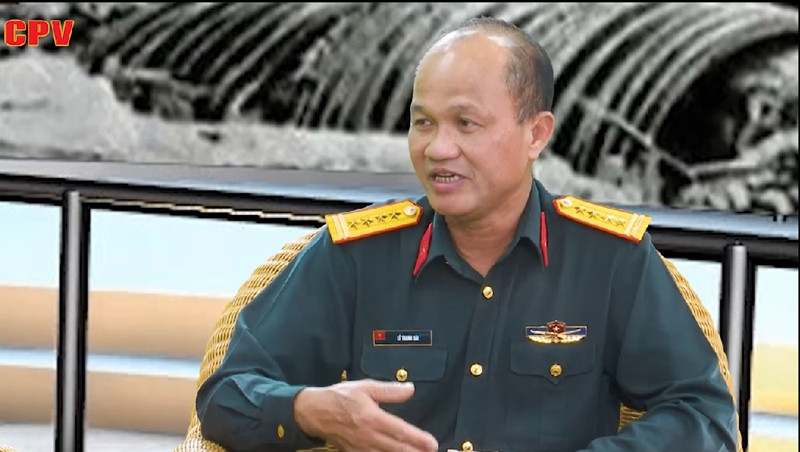
Colonel Le Thanh Bai, Deputy Director of the Institute of Military History, said that the Nava Plan was a product of passivity and haste, so it failed and predicted a defeat for the French.
"In a passive position, Nava wanted to attack the Northern Delta, Central Highlands, and South Central Coast to gain strategic initiative. After that, the enemy concentrated in one place to carry out a decisive battle. And in a passive position, Nava decided to build Dien Bien Phu into a stronghold complex," said Colonel Le Thanh Bai.
Dr. Pham Minh The, a historian, also believes that this was a passive choice. Because according to Nava's 18-month plan, Dien Bien Phu was not the chosen location from the beginning, but the Northern Delta. Thus, we ourselves forced France to choose Dien Bien Phu, the Northwest region, to carry out the strategic decisive battle.
Thus, in the 1953-1954 Winter-Spring campaign, we and the enemy were both in a position of probing and assessing the strategic intentions of the other side, but both had the same goal of gaining the initiative on the battlefield. And in reality, the French calculations were defeated by the brilliant military minds of the Vietnam People's Army.
In this battle of wits, the French colonialists made unintended moves, and inevitably sank deeper and deeper into mistakes and passivity. This was also the bankruptcy of the Nava Plan from the beginning. And it was this mistake that led to the historic meeting of the two sides in the Dien Bien basin, not to shake hands but to continue the battle of wits with each other through military reality.
Source


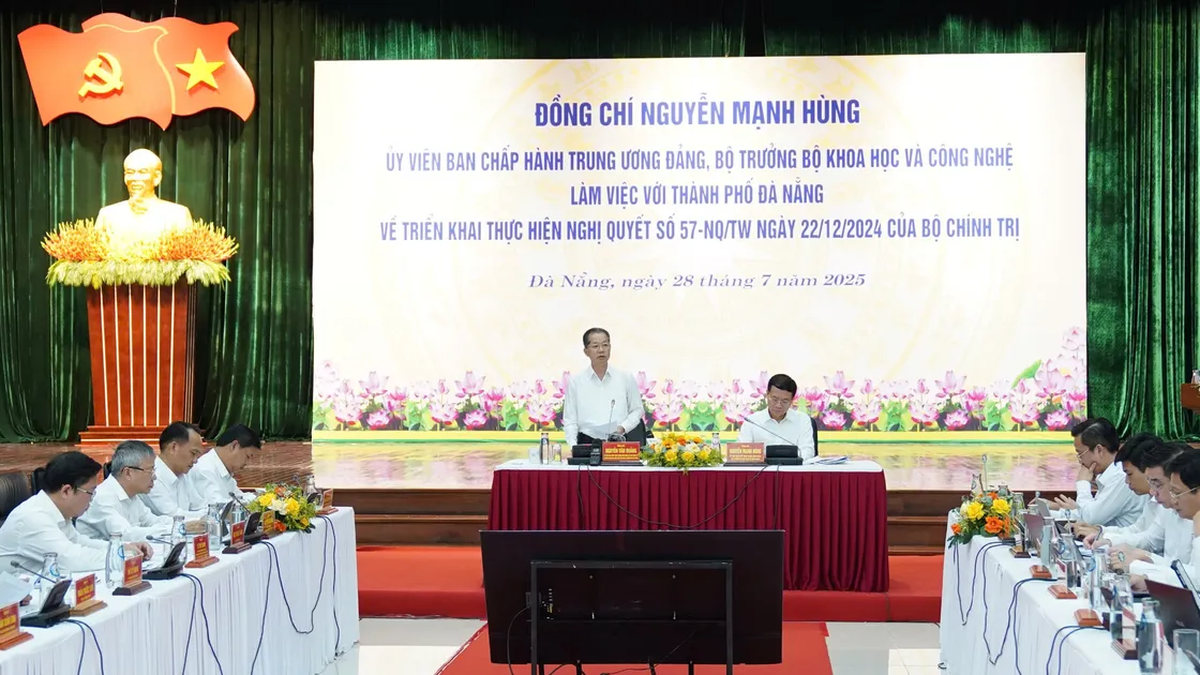
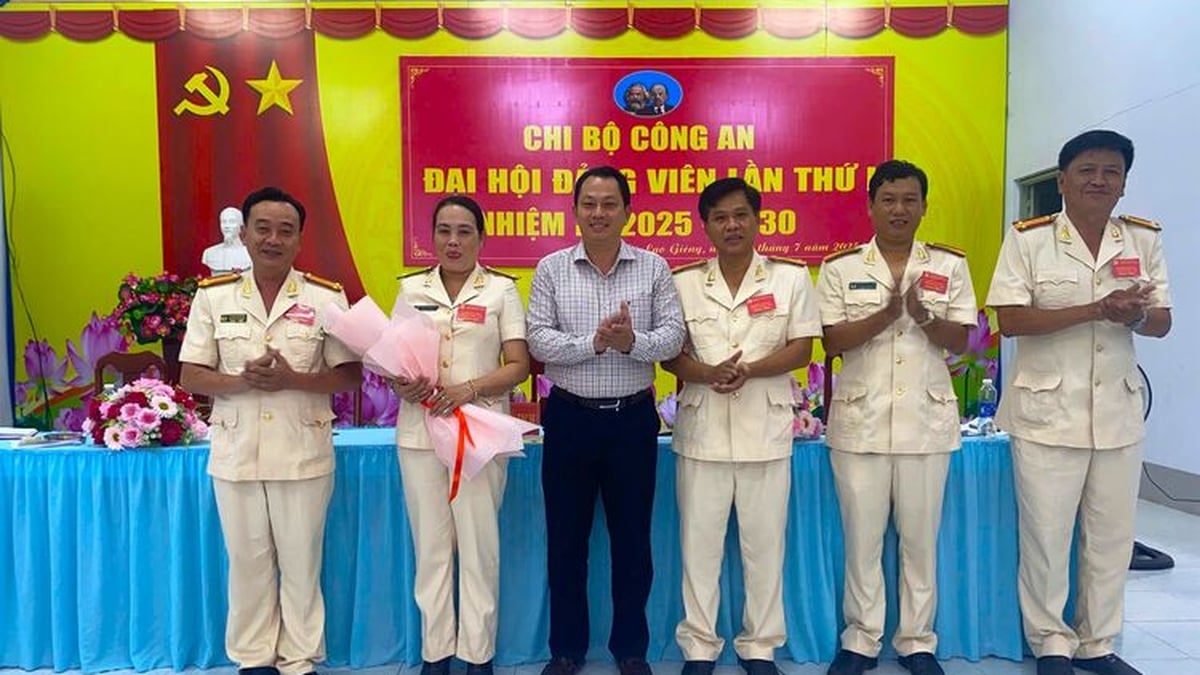
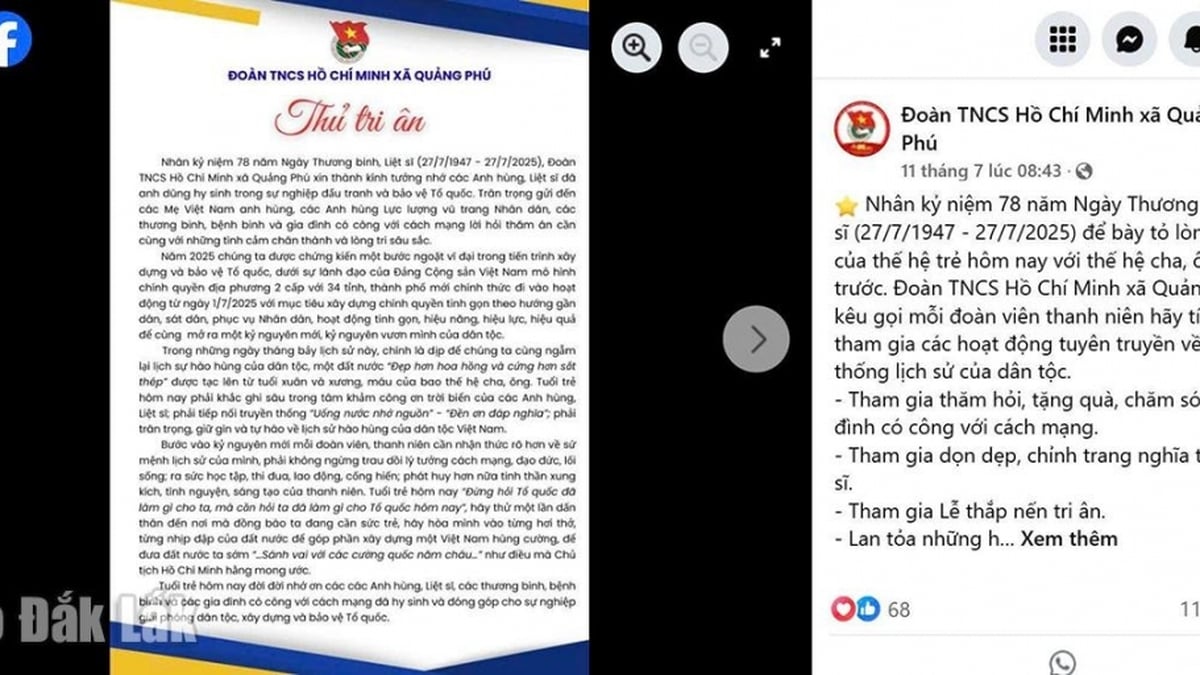
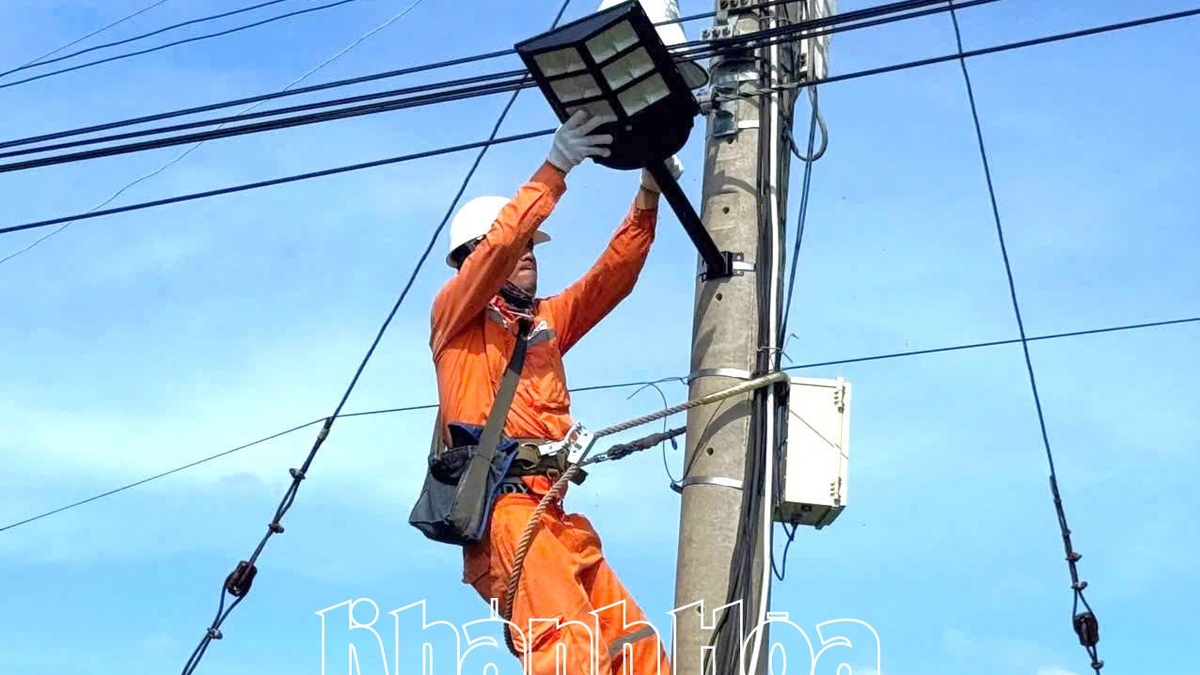
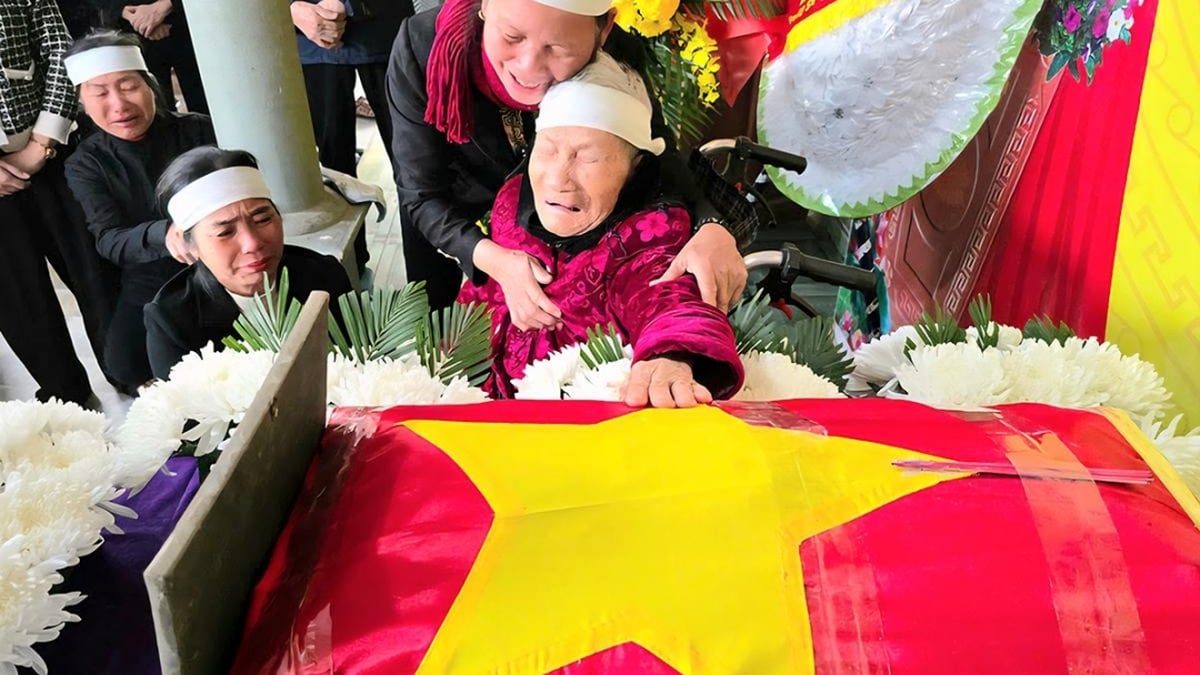
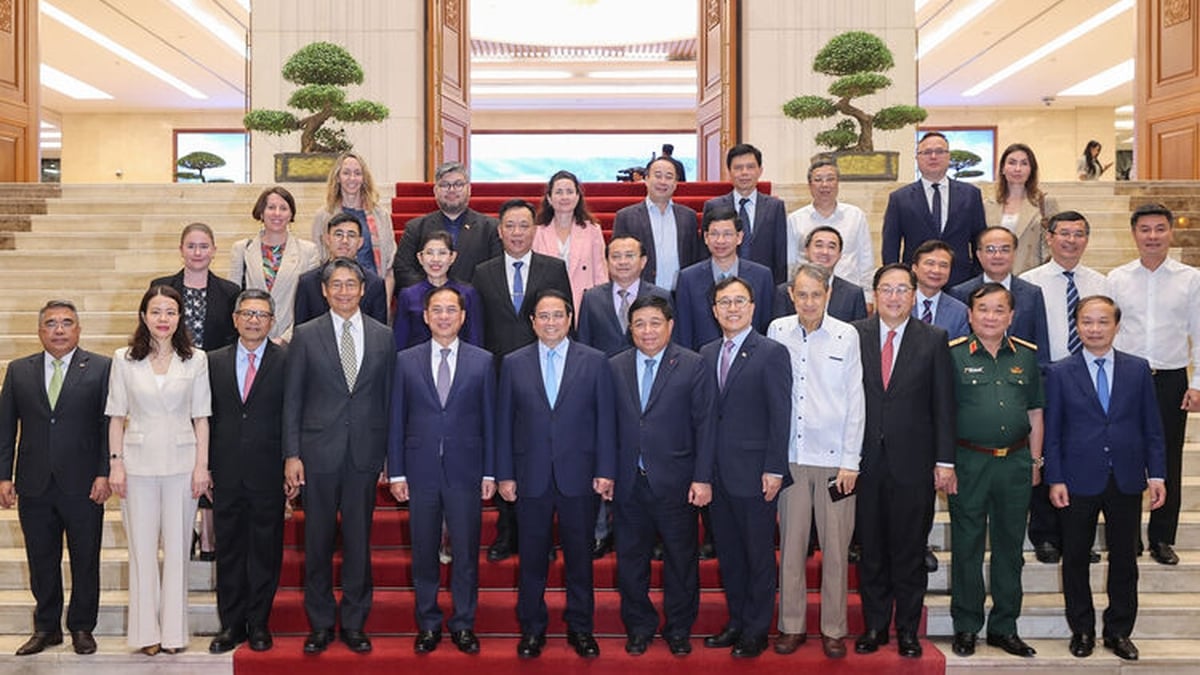

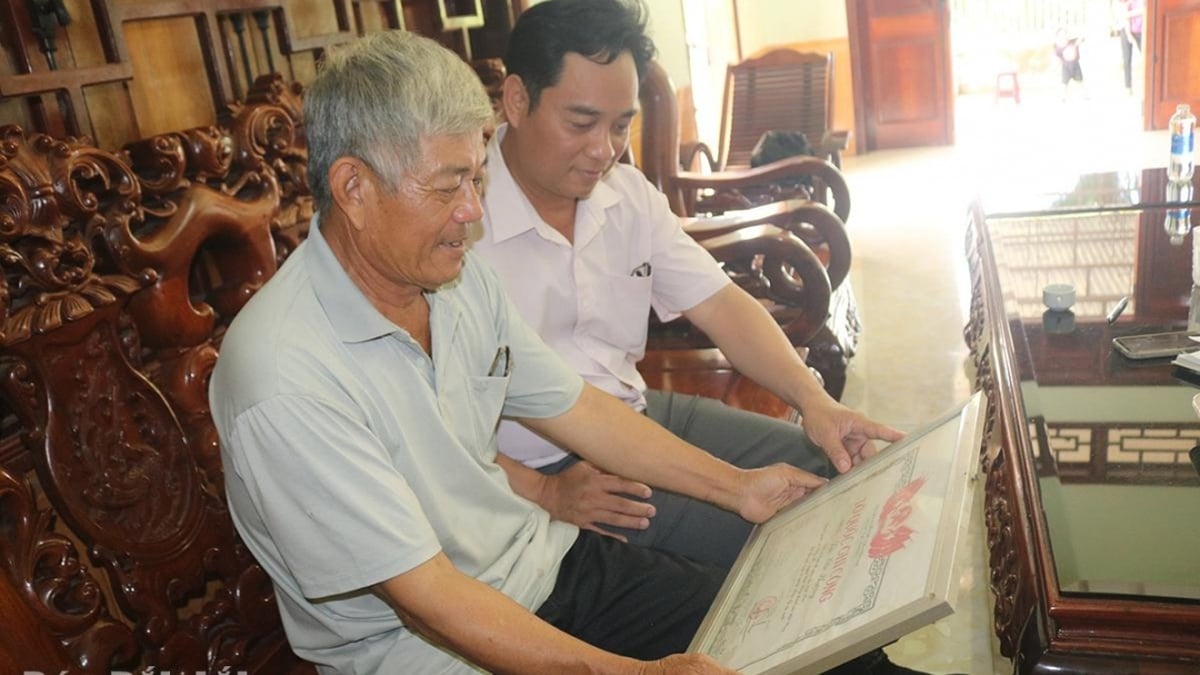
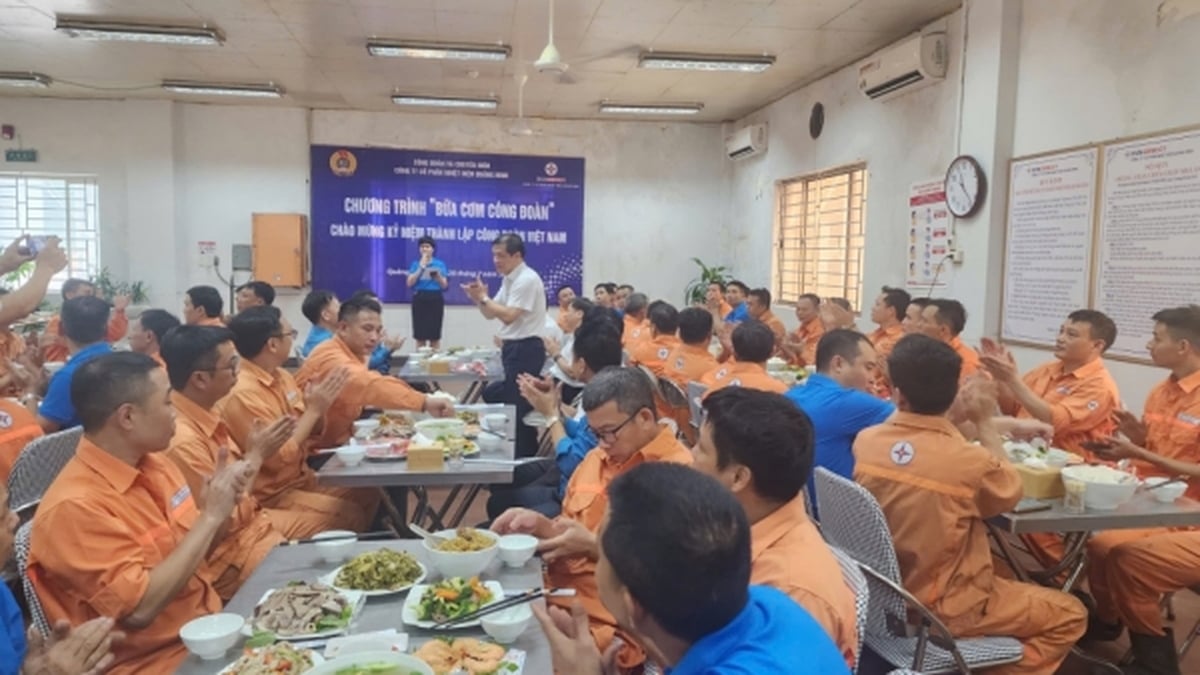
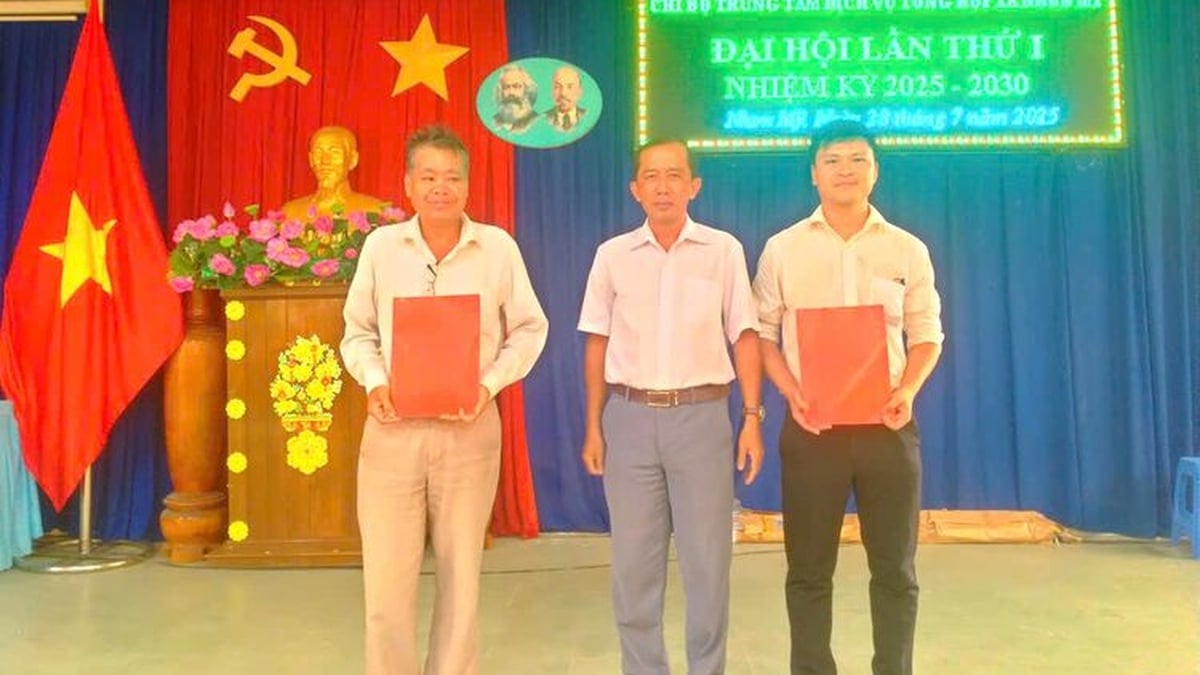










![[Photo] National Assembly Chairman attends the seminar "Building and operating an international financial center and recommendations for Vietnam"](https://vphoto.vietnam.vn/thumb/1200x675/vietnam/resource/IMAGE/2025/7/28/76393436936e457db31ec84433289f72)












































































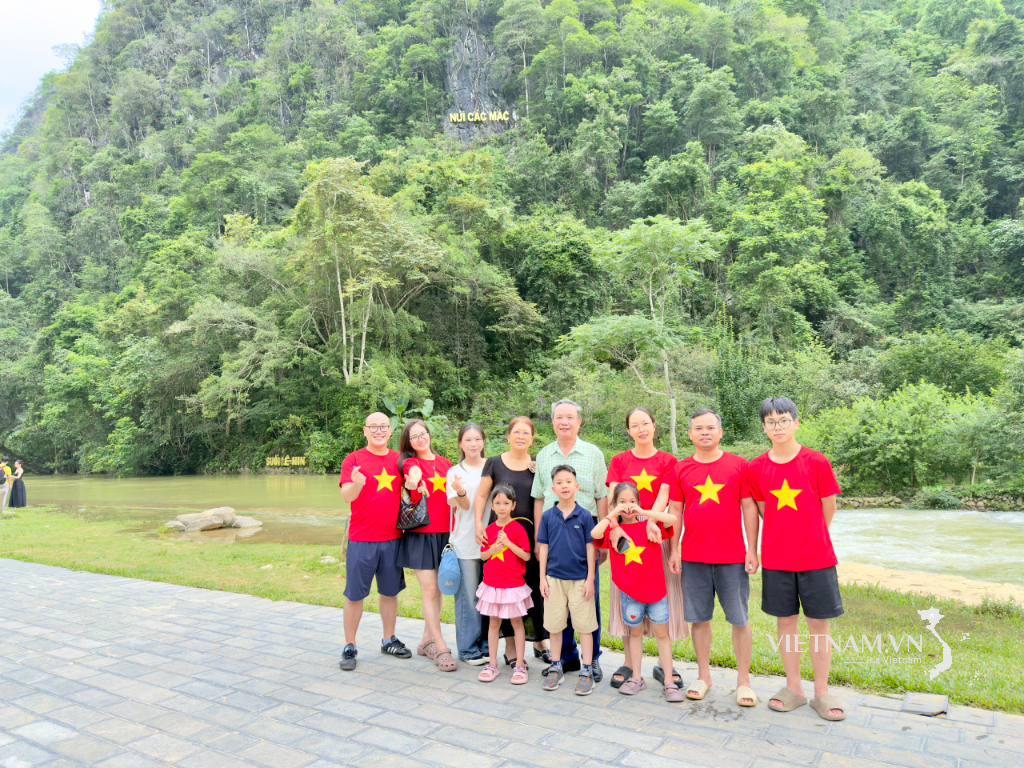
Comment (0)